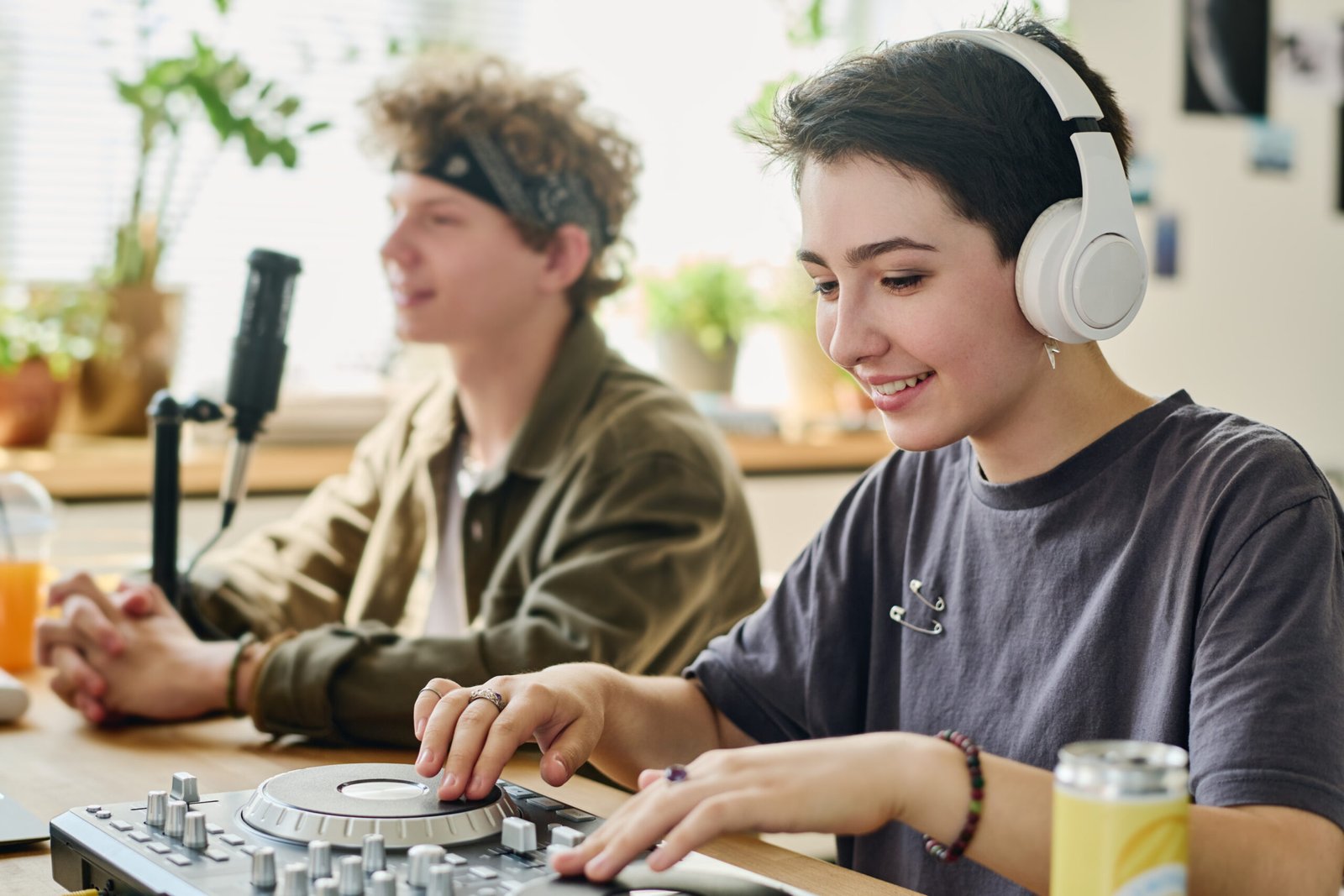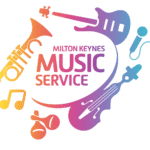Our curriculum-ready lessons, with step-by-step slides and videos, save you time and help you feel confident, while sparking real enthusiasm in your learners.
Whether it’s whole class instrumental tuition or curricular music teaching, we have the resources to help you drive music technology and contemporary music into the heart of your teaching.
1
Ready-to-Teach Lessons
Just press play. Every lesson planned, resourced, and ready.
2
Curriculum Aligned
Planned to help you hit curriculum goals while keeping lessons inspiring and practical.
3
Expertly Designed
Created by a DfE cited, national leader in music technology education.






